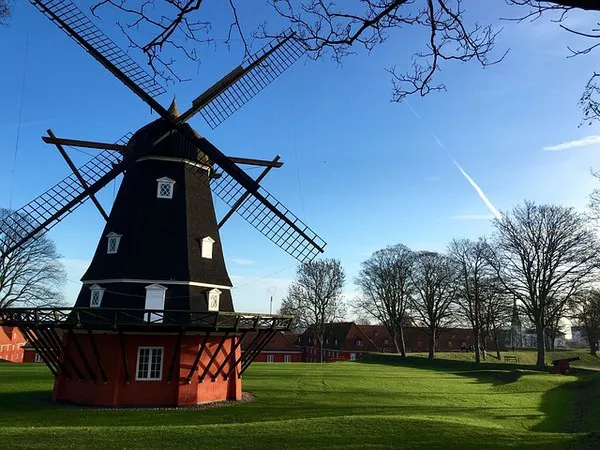Adrienne Jerome and many other Indigenous people in Canada’s wildfire-affected areas are grappling with profound loss. While their houses survived the devastating wildfires, the forests that held immense cultural and practical significance have been reduced to ashes. These forests provided sustenance, protection, and a way of life for these Indigenous communities.
Adrienne Jerome, a former leader of an Anishinaabe tribe, described the traumatic evacuation experience when sirens blared in the middle of the night. Families were separated, and children clung to their mothers, leaving behind everything they knew.
The wildfires, reaching a record number of over 6,400 and scorching nearly 18 million hectares (70,000 square miles) this year, have forced thousands of Indigenous people to evacuate. Despite comprising only five percent of Canada’s population, they represent half of all evacuees.
The fires have become increasingly dangerous and fast-moving, making evacuations a necessity. Amy Cardinal Christianson, a Canadian Forest Service researcher, emphasized the challenges faced by remote northern villages with limited connections to southern population centers. There is a pervasive lack of trust that wildfire agencies will prioritize the protection of Indigenous cultural and sacred sites, traplines, or cattle herds over homes in larger towns or cities.
Lucien Wabanonik, leader of the Lac-Simon community, highlighted that everything Indigenous people do is rooted in the forest and their territory. The loss goes beyond financial measures; it encompasses sacred sites, burials, meeting places, and even their church.
The fires have led to a resurgence of interest in reviving Indigenous practices, including prescribed burns, which involve controlled fires to clear potential wildfire fuel. These practices had been used for millennia but face legal barriers today. Prescribed burns create a mosaic landscape with open meadows and early succession forests that act as natural fire breaks for firefighting.
For Indigenous communities, a significant shift is needed to address the challenges posed by the wildfires and protect their traditional ways of life, deeply intertwined with the forest and their ancestral lands.


